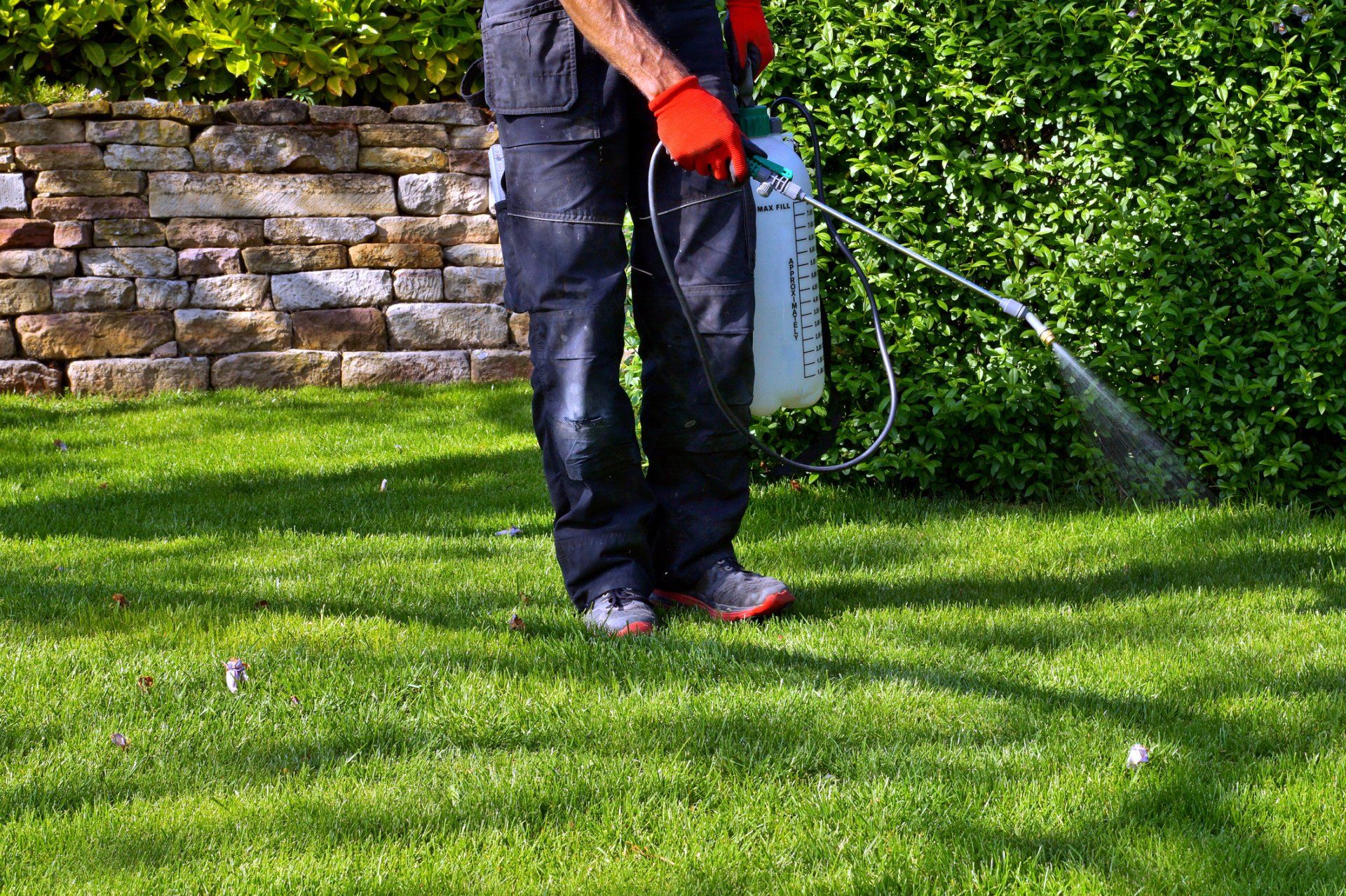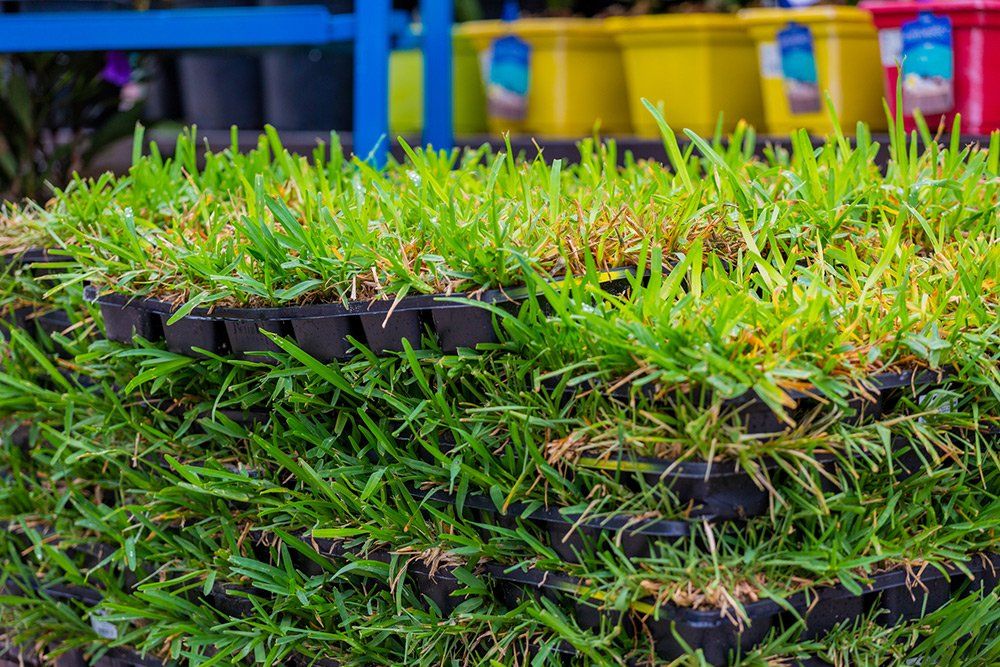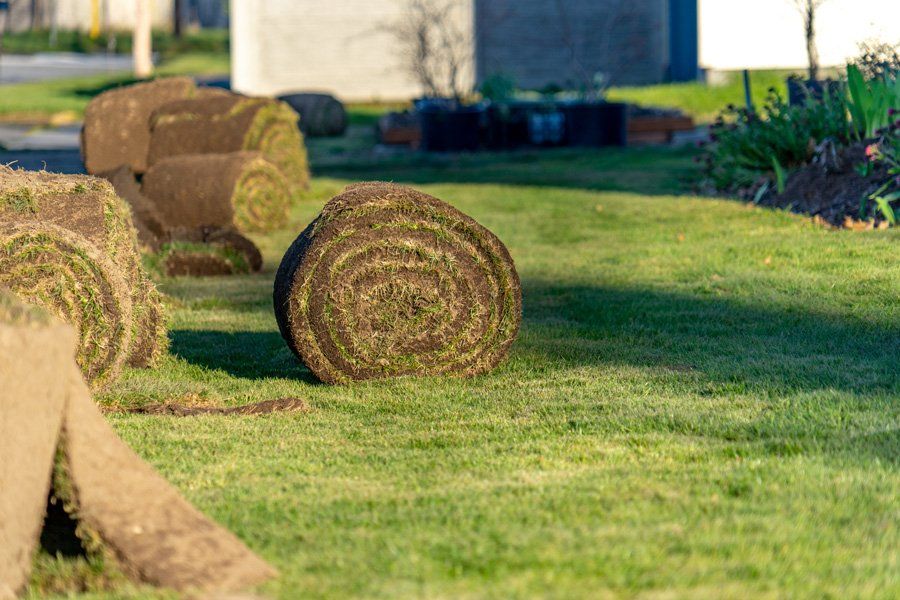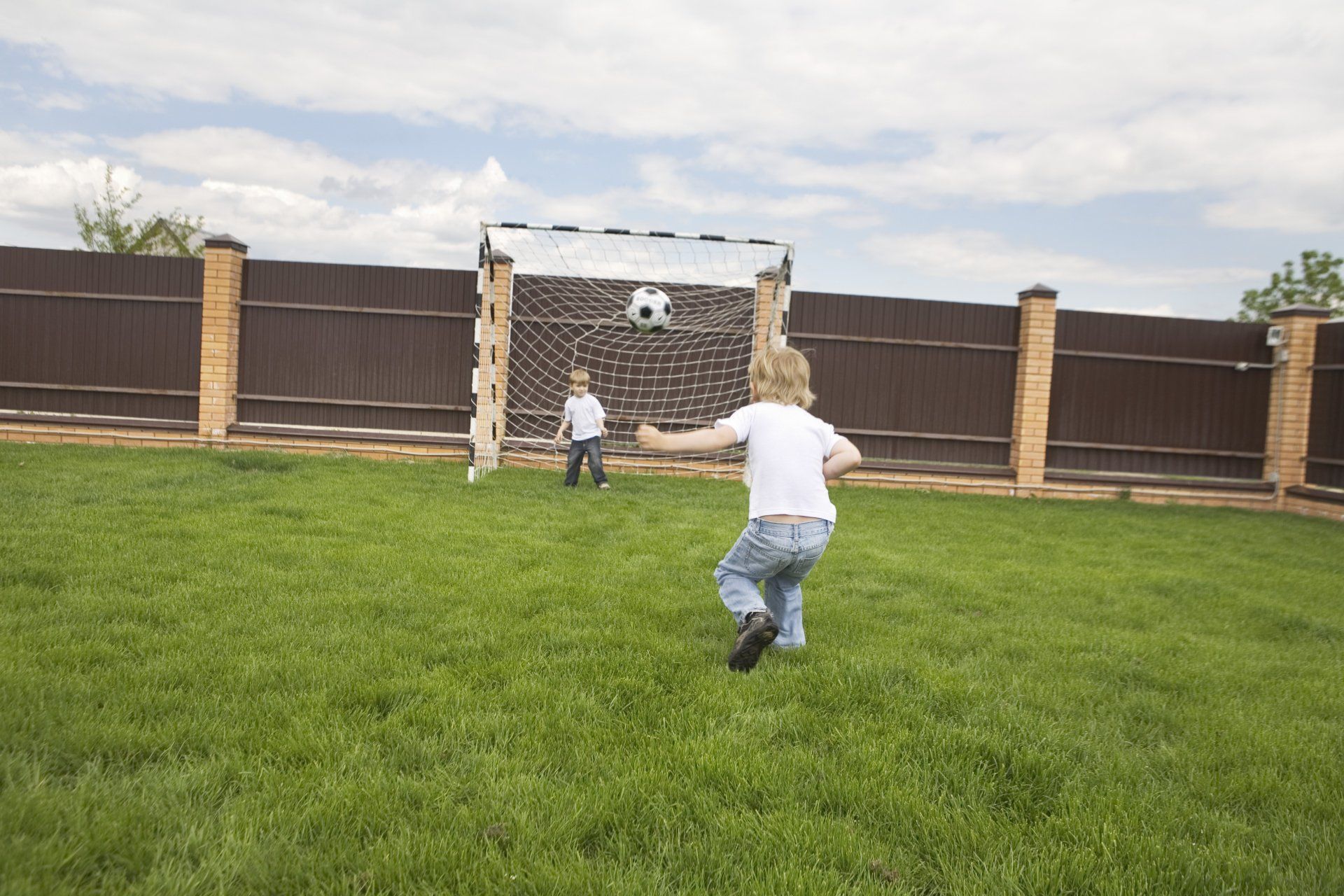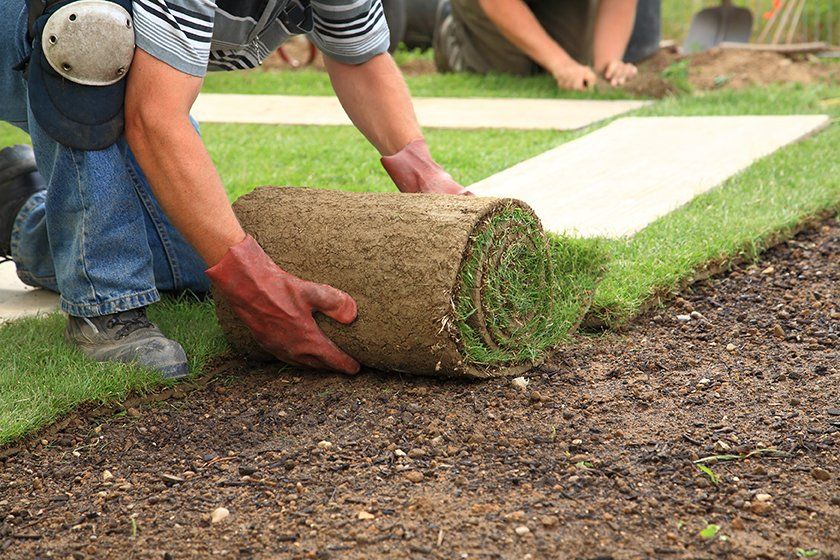BERMUDA, CENTIPEDE, OR ST. AUGUSTINE: CHOOSING SOD FOR YOUR LANDSCAPE
- By Admin
- •
- 04 Dec, 2018
- •
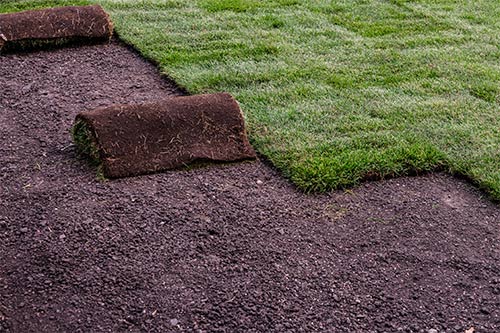
The right sod will give your landscape years of beauty and durability. Warmer climates fare well with certain species of grass like Bermuda, Centipede, and St. Augustine sod. But which of these three sods are best for your yard to accomplish the beauty and durability you desire?
Use this guide to help you spot differences and benefits of each style of sod so you select the best grass for your lawn project. Your sod specialist will help you select the right sod for your yard's soil conditions and other factors.
Bermuda
If you're looking for a grass species that is durable, able to resist high temperatures, and low moisture, then Bermuda grass is an ideal option for your yard. Bermuda is a lush, quick-growing grass that will flourish without a lot of care. Once planted, this thick-bladed, lush green grass takes solid root and spreads easily, covering a large landscape evenly with ease.
Once you plant Bermuda grass, you're committed to this type of sod. Since Bermuda grows aggressively, if you decide you want to switch to a different sod type in the future or you want to combine various types of sod to create a unique landscape, Bermuda grass will be stubborn to get rid of. You also need to commit to mowing. You should mow this type of grass weekly to keep growth in check.
Centipede
Light green, soft bladed, and slow-growing, Centipede grass is ideal for your landscape if beauty and low maintenance is what you desire in your yard. Centipede grass is very tolerant to heat and drought, making this type of grass easy to care for when it comes to watering. As a bonus, Centipede grass doesn't have a dormant state, which means as long as temperatures stay warm, you'll have a green lawn year-round.
Due to the light color of this grass style, Centipede is not a type of grass you want to allow to grow long. Centipede grass is most alluring when kept short, which is a benefit for you since the grass doesn't have a high rate of growth to begin with. Mow Centipede grass when it exceeds a few inches in length, and keep the grass low for greater attraction in your yard.
You could consider planting Centipede grass around gardens and other decorative areas of your yard, and use a longer-bladed style of grass, such as St. Augustine, for remaining areas of your yard.
St. Augustine
St. Augustine grass is a thickly-growing grass species that creates a lush, inviting landscape. The grass is known for its rich, bluish-green tint, which is most prominent during the warmer seasons. The downside is that St. Augustine grass does thrive better in shady areas and will wear down in areas that are heavily frequented by children or pets.
The benefit of St. Augustine grass is this: the grass species is relatively tolerant of shade and does well in warmer climates. To keep St. Augustine grass at its fullest, avoid cutting the grass too short too often - frequent lawn cuttings will make your grass thin out, especially in high traffic areas.
While St. Augustine is not as hardy of a grass species as others, with proper care and pH balancing (ask your sod specialist for soil care tips for this type of grass) you can enjoy this type of grass throughout much of the year before your lawn goes into its dormant state.
Choosing the right sod for your lawn will give you a landscape that's more enjoyable and best suited for your everyday use. Trust our sod specialists at Turf Master Sod Farms to supply you with quality grass today. We have many species of sod available for your climate.
What happens after you install sod in your yard? There are several maintenance tasks you'll have to do. Learn more about them.
You have a lot of decisions to make before you lay a new lawn. An important one is whether to lay down new topsoil. See when you should lay new soil down.
Take care when you add mulch to flower and garden beds. The wrong mulch techniques may harm new sod. Learn about three mulch tips that help protect new sod.
Most new sod problems are fixable, especially when caught during their early stages. Learn about common sod problems, their potential causes, and solutions.



